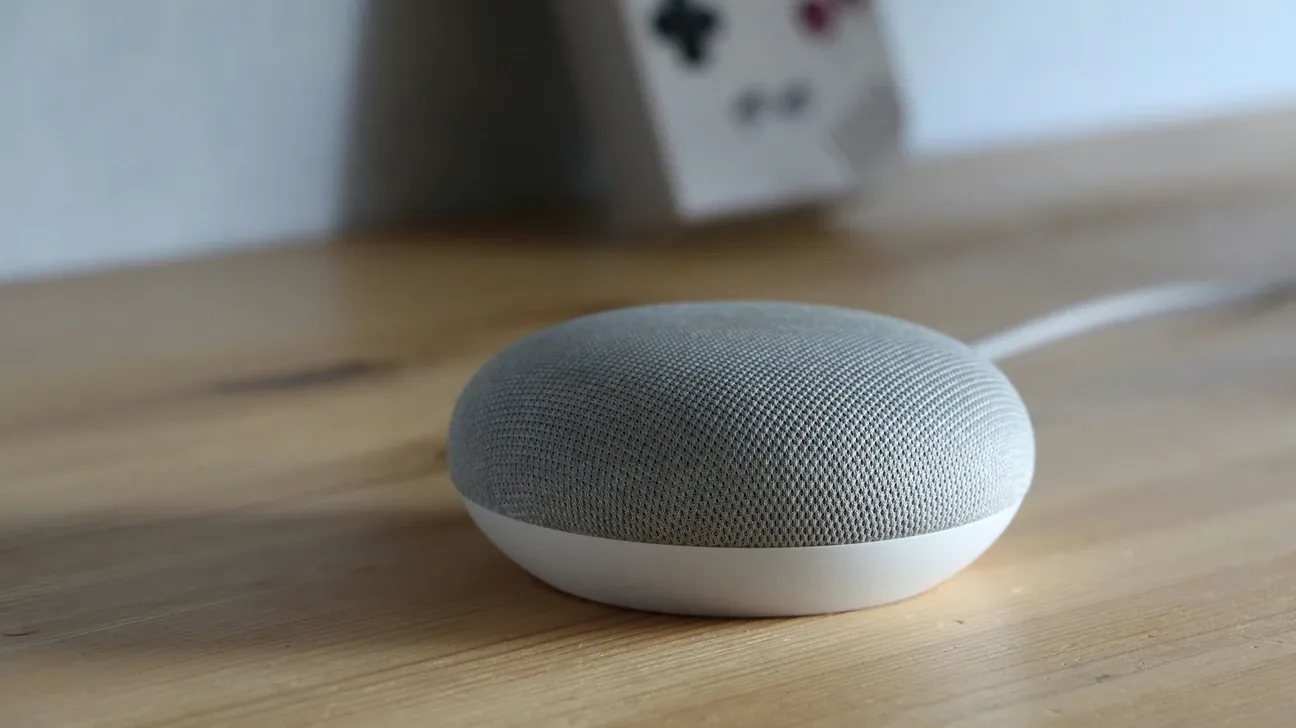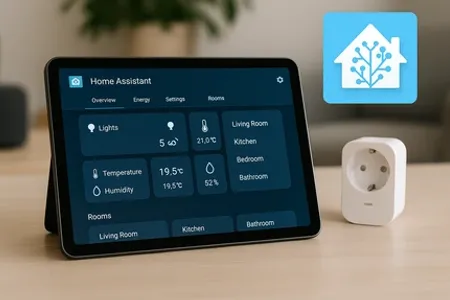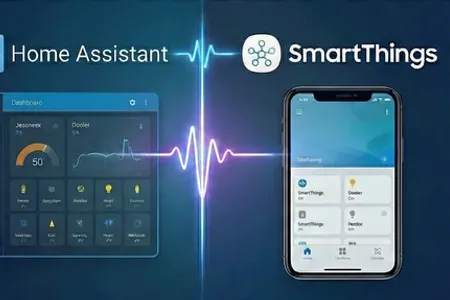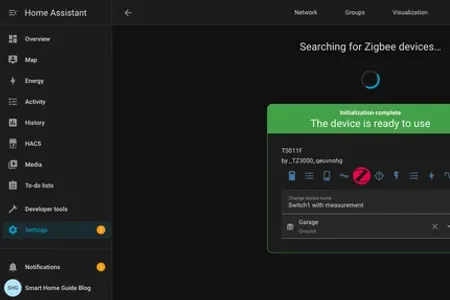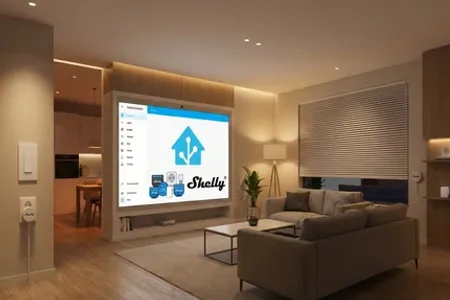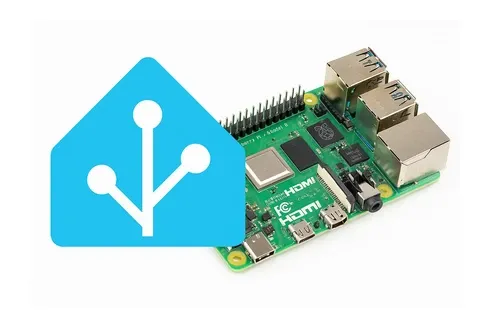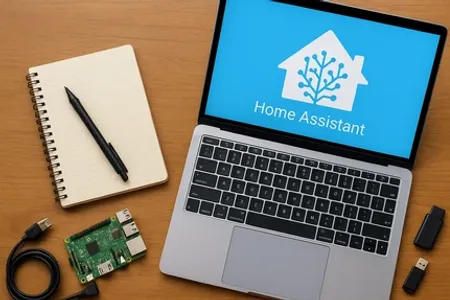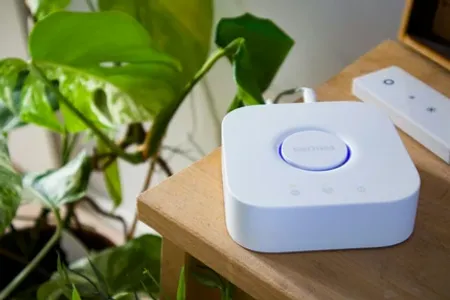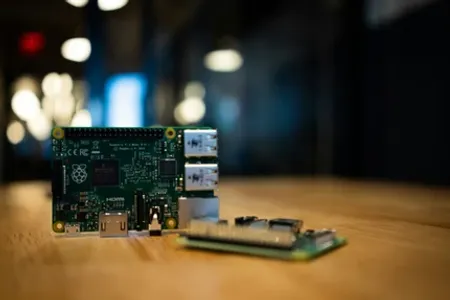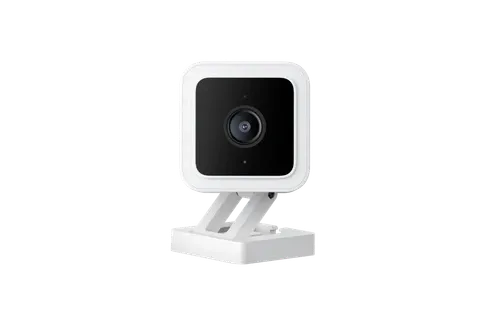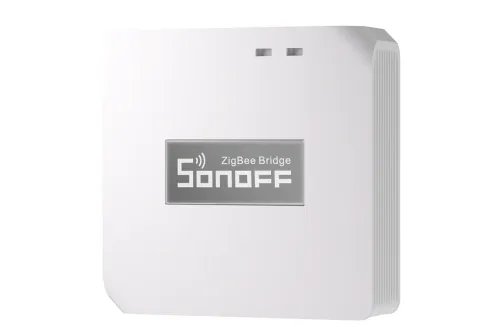Home Assistant is a flexible, self‑hosted platform that turns scattered gadgets into a single, responsive smart‑home experience. As the ultimate smart‑home hub, it empowers you to unlock a seamless automation experience. Whether you're juggling lights, thermostats, cameras or door locks, the platform pulls them together under one intuitive dashboard while keeping your data inside your own walls.
What Makes Home Assistant a Smart Home Game‑Changer
If you crave total control without surrendering privacy, home assistant delivers. Because it runs locally, commands travel instantly from your phone to your devices-no detours through distant clouds. Open‑source code also means the software evolves quickly, powered by a vibrant community that adds new integrations every week.
Stand‑Out Advantages
- Vendor independence-mix Zigbee bulbs, Z‑Wave sensors, Wi‑Fi plugs and more without brand limits.
- On‑site processing for split‑second response times and stronger privacy.
- Custom dashboards you can build with drag‑and‑drop widgets to show exactly what matters.
- Active community producing blueprints, themes and automations you can copy in seconds.
Because everything happens on your own network, firmware updates, routine triggers and status checks keep working even if your internet goes down.
Core Capabilities You’ll Love
Beyond simple on/off toggles, home assistant offers deep automation logic. Conditions, schedules and device states combine like building blocks, letting you craft powerful routines without writing code.
1. On‑Site Control
All automations execute on the hardware that you control-a Raspberry Pi, mini‑PC or server-so sensitive data such as occupancy or temperature never leaves your house.
2. Broad Device Support
More than a thousand integrations connect lights, vacuums, media players and HVAC systems. You can stream camera feeds, adjust color bulbs or lock the front door from the same interface.
3. Intelligent Automations
Use sunrise, weather, motion or energy price triggers to orchestrate complex scenes. For example, shut blinds during afternoon heat while dialing back the smart thermostat, then return to comfort mode when power rates drop.
Getting Up and Running in Minutes
Setting up home assistant is straightforward:
- Flash the installation image to a microSD card and boot your Raspberry Pi.
- Visit
homeassistant.local:8123in a browser to create an account. - Let the onboarding wizard discover devices automatically, then add any that are missed.
- Build automations with the visual editor or YAML for advanced users.
- Personalize the dashboard with graphs, buttons and floor‑plan views.
Within an hour you can check room temperatures, arm security sensors and dim living‑room lights from a single pane of glass.
Why Tech Enthusiasts Pick Home Assistant
Tinkerers appreciate that they can extend the system with custom add‑ons, REST APIs and voice assistants like Amazon Alexa or Google Home. At the same time, novices enjoy ready‑made blueprints that deliver value immediately. This rare balance of power and approachability is why the platform tops recommendation lists in smart‑home forums worldwide.
Harnessing Energy Insight for Smarter Living
Thanks to the built‑in Energy dashboard, Energy Saving becomes more than a buzzword. Real‑time graphs show exactly when your oven spikes demand, helping you schedule chores and cut waste. Pair meters with IoT Devices such as smart plugs, and you see cost forecasts drop day by day while still enjoying comfort.
Practical Steps to Trim Costs
- Enable the Energy integration and add your electricity tariff.
- Group heavy‑load appliances, then stagger start times with Automation blueprints.
- Use SmartThings or ZigBee switches to shut down idle gaming consoles overnight.
With every tweak, colourful charts tell you how many kilowatt‑hours you gained. The payoff is lower bills and a greener footprint.
Security and Future‑Proofing
Self‑hosting already boosts Privacy, but Home Assistant goes further. Two‑factor logins, end‑to‑end encrypted remote access and secure backups safeguard your data. Updates arrive weekly, and the Open‑Source nature means vulnerabilities get patched fast, ensuring long‑term Reliability.
Roadmap Highlights
Expect Matter, Thread and advanced machine learning to shift from beta to stable soon. You can preview features early in a sandbox build and decide when to roll them into your main system.
Community and Third-Party Support
One of Home Assistant's greatest strengths is the vibrant community surrounding it. Thousands of developers, enthusiasts and integrators contribute custom components, add-ons and automation blueprints that extend capabilities far beyond the core platform. This ecosystem means you can find pre-built solutions for almost any smart home need-from advanced presence detection to AI-powered voice commands. Community forums, GitHub repositories and documentation are comprehensive and actively maintained, ensuring newcomers find answers quickly and experienced users discover cutting-edge features before they're even officially released.
The community's collaborative approach means new device support arrives rapidly. When a manufacturer releases a new smart device, community developers often create integrations within days or weeks. This contrasts sharply with closed platforms that must wait for official support from corporate teams. Home Assistant's open nature democratizes innovation. Users with different technical skill levels can contribute in meaningful ways. Beginners create visual automations and share helpful configurations, intermediate users develop custom integrations and helpers, and advanced developers write complex algorithms and optimization tools. This diversity strengthens the platform and ensures it remains responsive to actual user needs rather than being constrained by corporate product roadmaps. Regular updates keep the platform secure and compatible with emerging smart home standards.
Wrap‑Up: Take Command of Your Connected Home
Expanding your smart‑home setup with Home Assistant also opens the door to long‑term flexibility that few platforms can match. As your household grows or your needs shift, you can bring in new devices without worrying about vendor lock‑in or subscription traps. Everything from advanced presence detection to multi‑room audio can be layered on at your pace. This freedom encourages experimentation, letting you refine routines until they feel natural and effortless.
Another advantage is how well Home Assistant adapts to different lifestyles. Families can build modes for school days, work‑from‑home routines or quiet evenings, all triggered by simple conditions. Renters benefit as much as homeowners, because most integrations work with plug‑in devices that move with you. Even energy management becomes more intuitive, helping you match comfort with cost‑effective habits day after day.
With each update, the platform grows more polished while keeping its core promise: local control, privacy and performance. Whether you start with a single sensor or a full suite of smart appliances, Home Assistant scales smoothly and rewards curiosity. The more you explore, the more your home becomes a space that supports you automatically-one where convenience, security and efficiency come together without compromise.
As the ecosystem around Home Assistant continues to expand, even newcomers can take advantage of turnkey integrations that once required deep technical skill. Modern add-ons, from advanced media controllers to rich notification engines, simplify daily routines with minimal setup. For families, this means lights that adjust gently at bedtime, reminders that trigger when doors stay open too long, and safer routines that help protect children and pets. For remote workers, automated comfort profiles, quiet‑hour modes and presence‑based adjustments create a workspace that adapts without constant tweaking. These thoughtful conveniences highlight how Home Assistant transforms a house into a responsive, supportive environment that grows with you.
